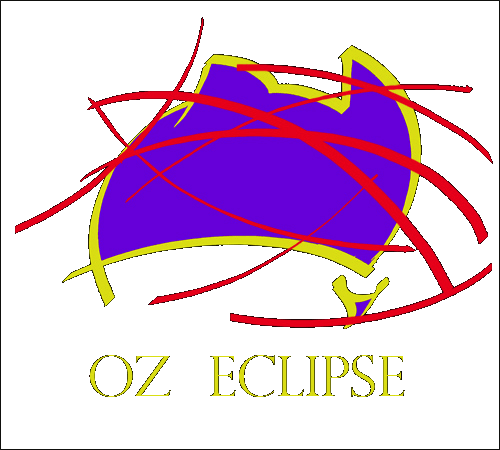
 |
WAITING
FOR THE SHADOW
SOLAR AND LUNAR ECLIPSE OBSERVINGFUTURE EXPEDITION & EVENT PLANNING |
|
|
|
|
|
|
|
|
|
 MAKE THE MOST OF TOMORROWS
MAKE THE MOST OF TOMORROWS 
| Eclipse Phase |
Time (EST) |
Comments |
| Penumbral |
3:15am-4:24am | The penumbral phase is not obvious to the untrained eye. It just looks like a full Moon. Recommendation : stay in bed, get an extra hours sleep! |
| Partial |
4:24am-5:30am | Will take place during the last hour of total darkness. |
| Totality (red/orange moon) |
5:30am-7:00am | This begins at first light and lasts though 90 mins of twilight until the Sun rises and the Moon sets. |
 Small Bite |
 Medium Bite |
 Big Bite |
 Smartphone, tablet cameras
Smartphone, tablet cameras | Event | ISO |
Exposure Mode |
Aperture Value |
Shutter Speed |
Full Moon |
200 |
Manual |
f 5.6 |
1/2000s |
 Partial phase small bite |
200 |
Manual | f 5.6 | 1/1000s |
 Partial phase big bite |
1600 |
Manual | f 5.6 | 1/30s - 1/2s |
 Totality around 5:40am |
6400 |
Manual | f 5.6 | 1/2s |
 Totality around 6:10am |
1600 |
Av |
f 5.6 | AUTO |
 Totality around 6:40am |
200 |
Av |
f 5.6 | AUTO |